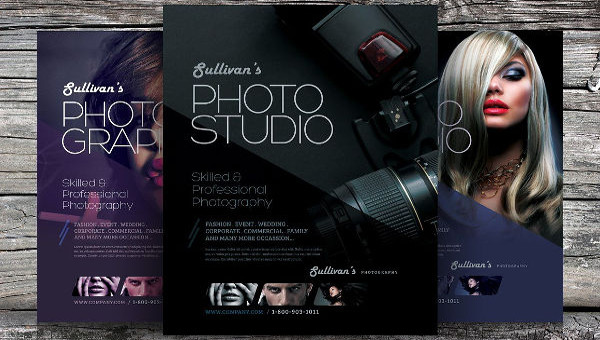109+ Flyer Designs Examples to Download
Gaining new customers or announcing a big sale has generally always been the content of the common flyer that we see every day. From malls to schools and even in our places of work, flyers have been around since the 1600’s and have been extensively used up to this day. The form and quality may have changed, but the marketing flyer still lives up to its purpose. Today, businesses and individuals can create professional-looking materials faster using flyer templates, making it easier to design flyers that capture attention while maintaining their traditional impact.
Different examples of flyers can be found on this page to help you understand more about party flyers and where they can be used or applied. They can be downloaded by clicking on the download button beneath them. Have fun and enjoy picking out your favorite designs.
Elegant Festival Flyer Template
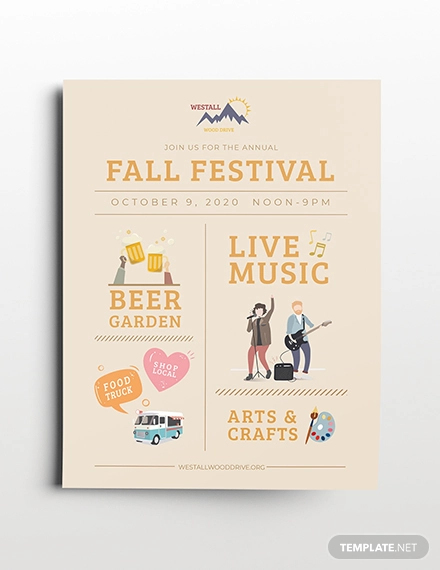
Wedding Planners Flyer Template
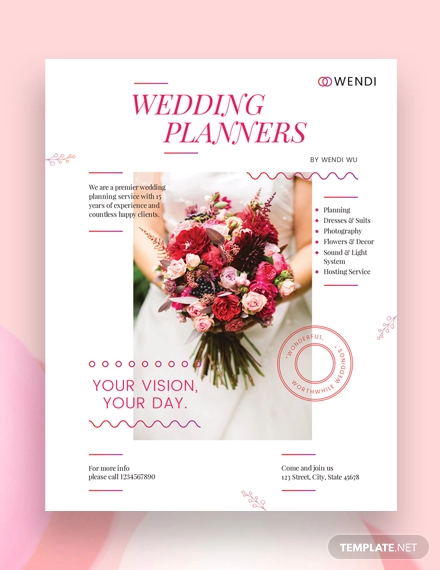
Car Rental Flyer Template
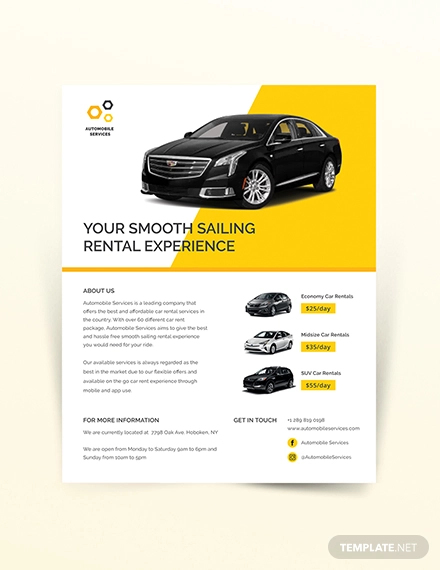
DJ Party Flyer Template
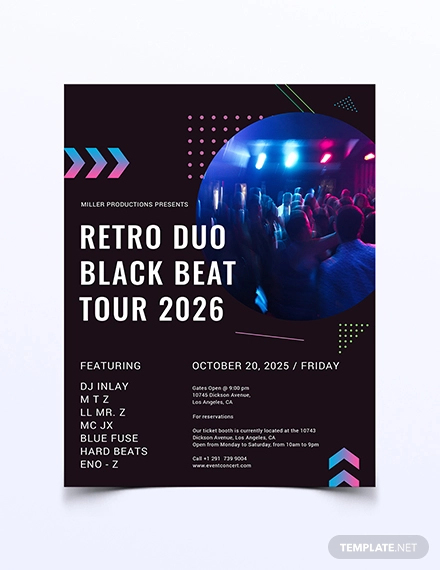
Pool Tournament Flyer Template Design

Simple Backyard Construction Flyer Template

Creative Chess Tournament Flyer Template

Construction Flyer Template
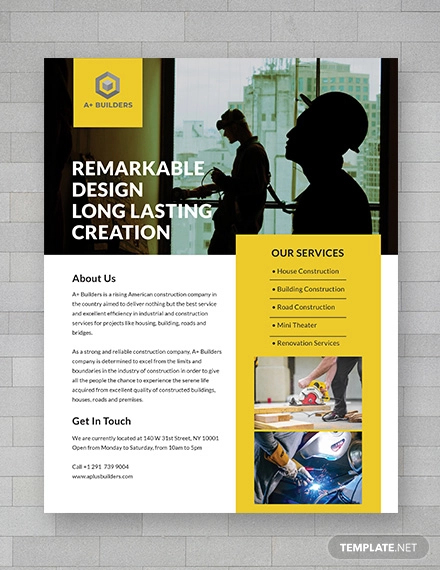
Nightclub Party Flyer
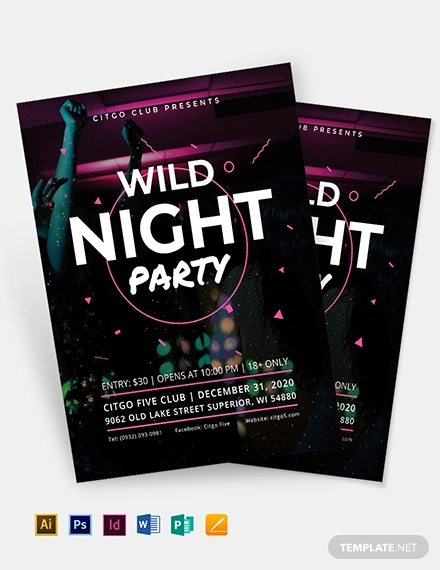
Anniversary Flyer Example
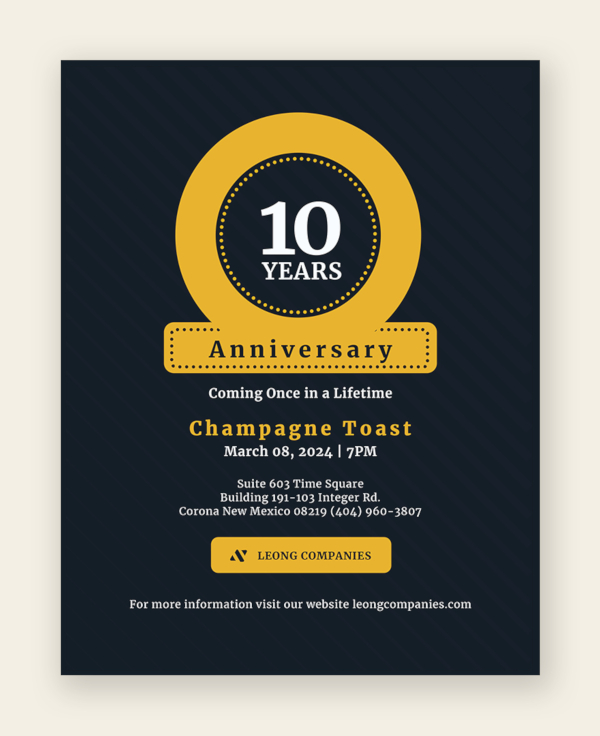
Club Flyer Template
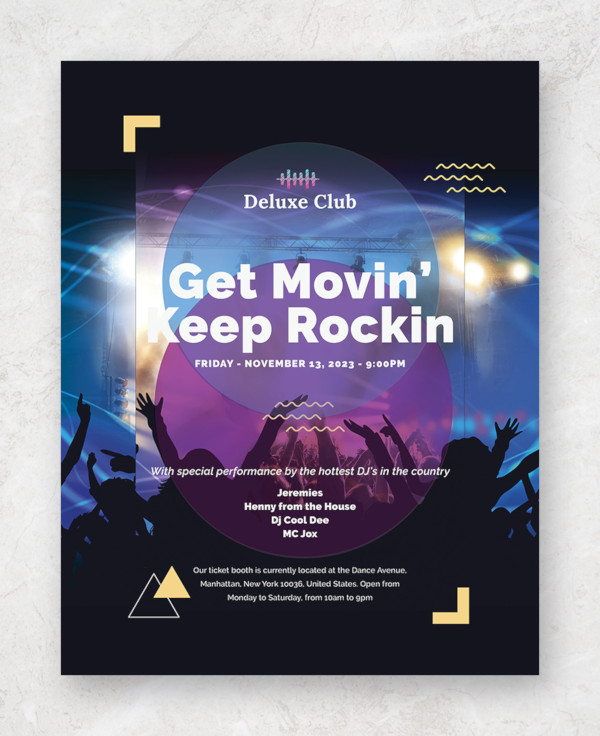
Modern Flyer Example
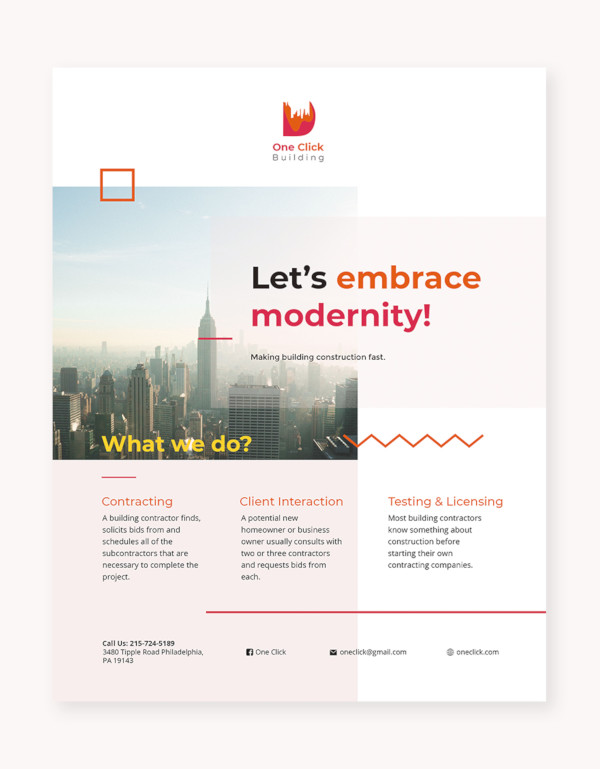
Party Event Flyer Template
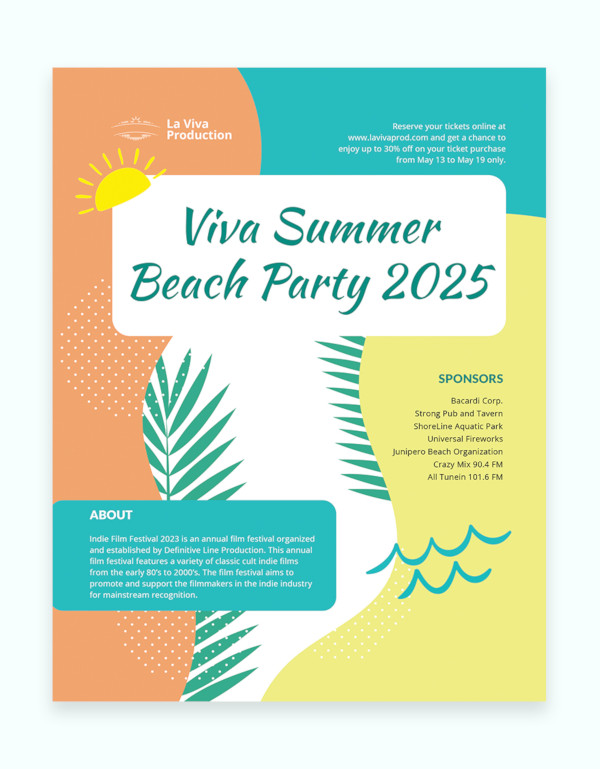
Concert Flyer Example
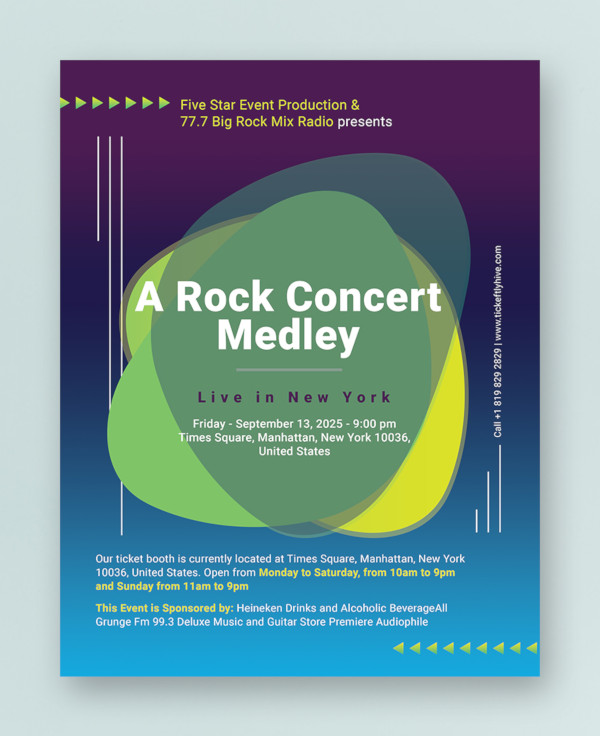
Music Flyer Template
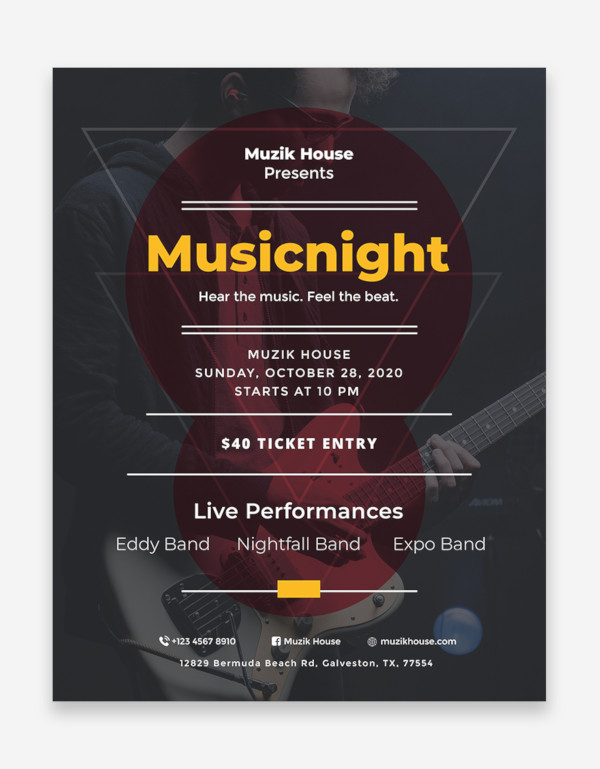
Modern Business Flyer Template
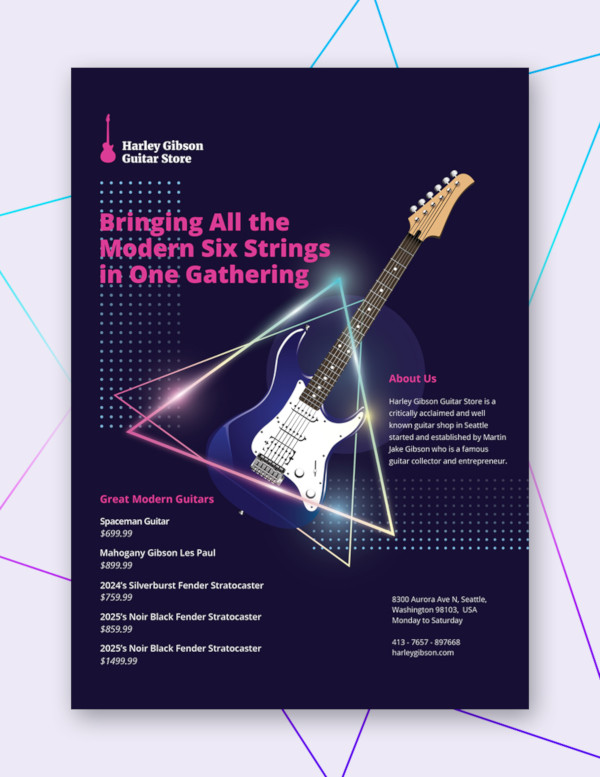
Coming Soon Flyer
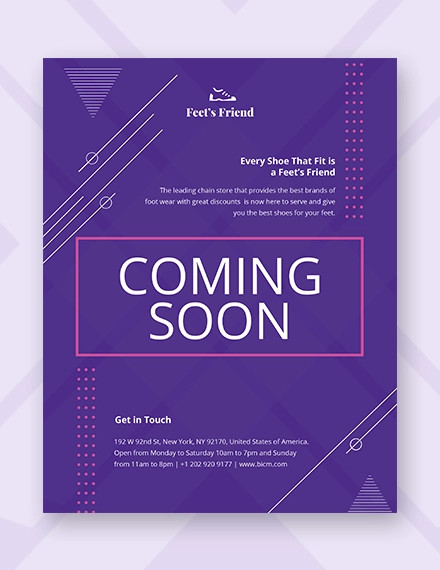
Real Estate Marketing Flyer Template
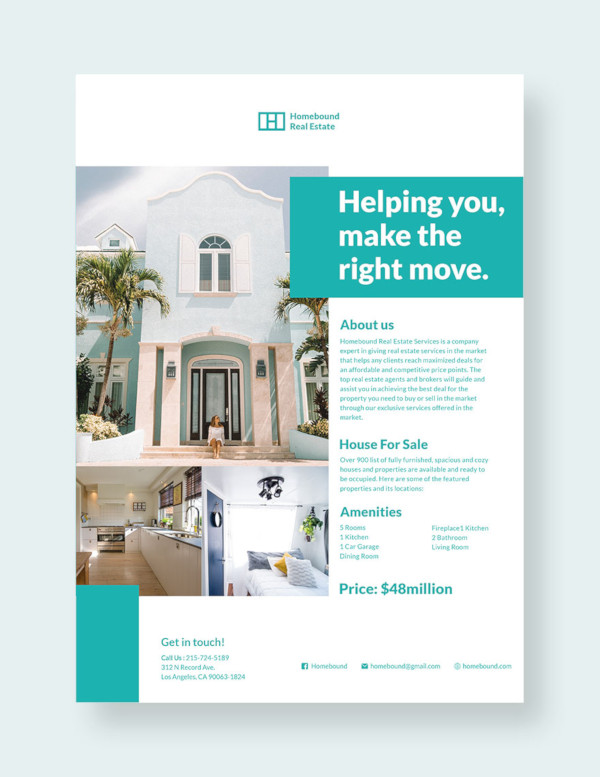
Beach Flyer Template

Promotional Flyer Design
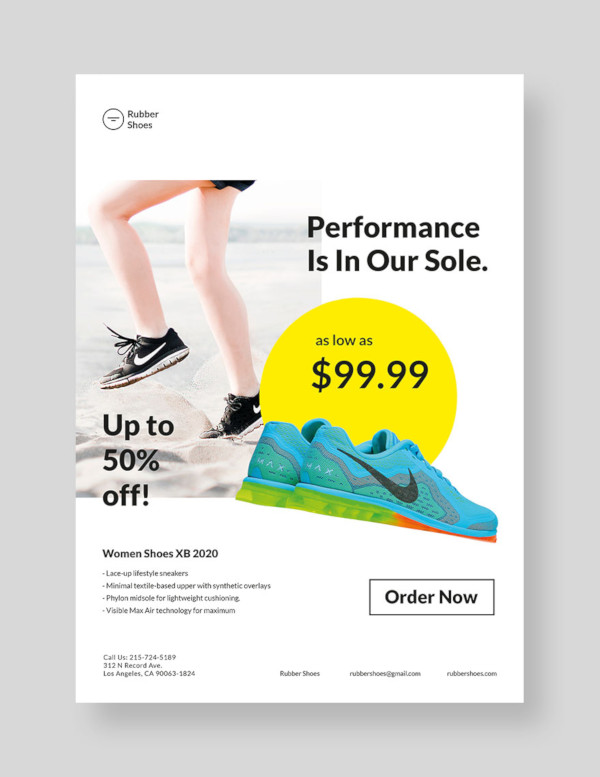
Sales Flyer Template
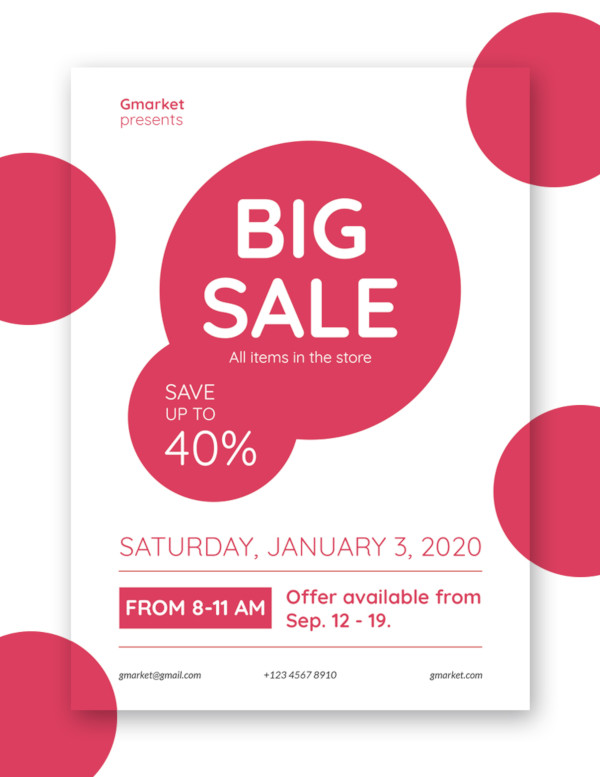
Music Event Flyer Template

Free Party Flyer Template

BBQ Flyer Template

Free Coming Soon Flyer Template
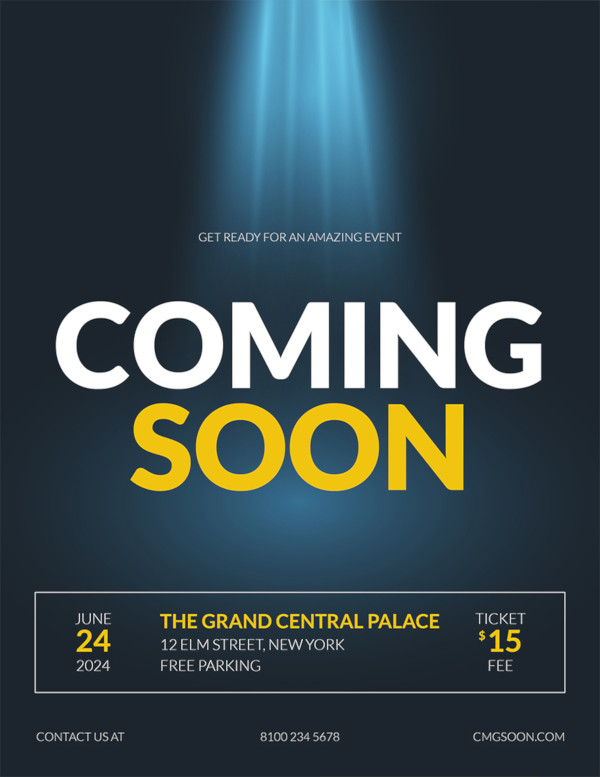
Church Flyer Template

Business Flyer Template
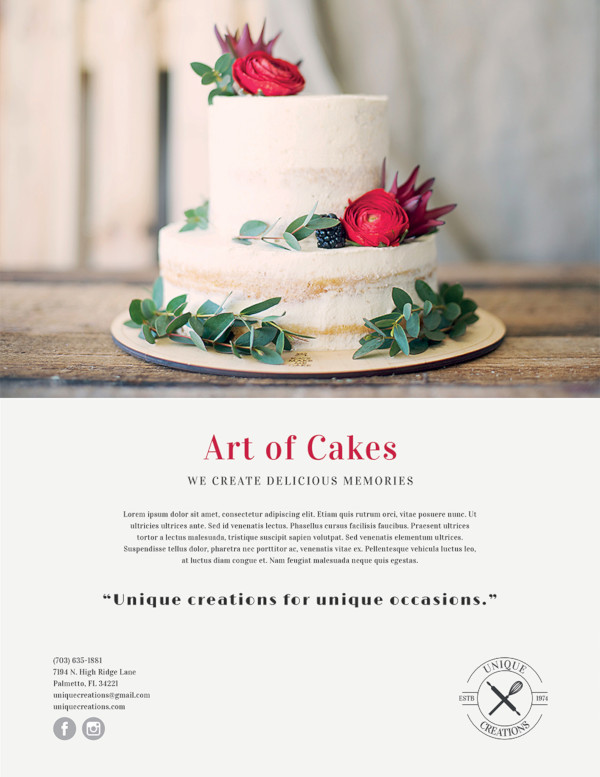
Rock Concert Fest Flyer Template

Salon Promotion Flyer Template

Club Flyers
Night Club Flyer
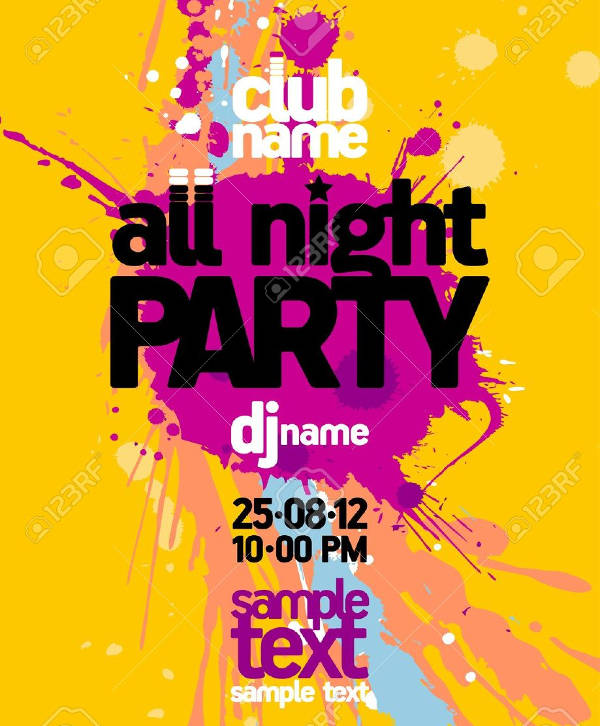
DJ Club Flyer

Club Party Flyer
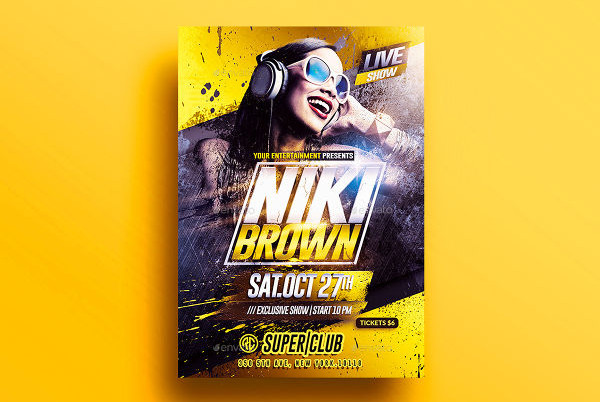
Event Flyer Examples
Summer Event Flyer

Business Event Flyer
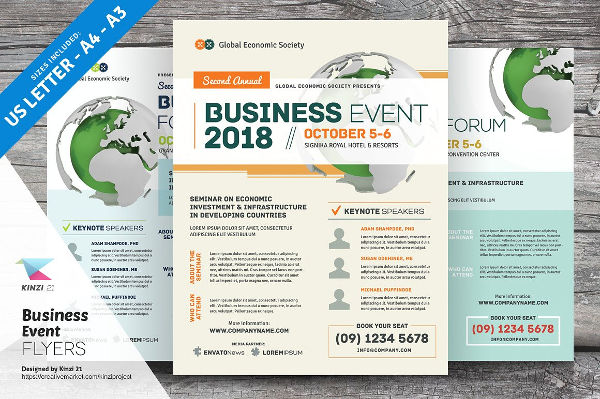
Hip Hop Event Flyer
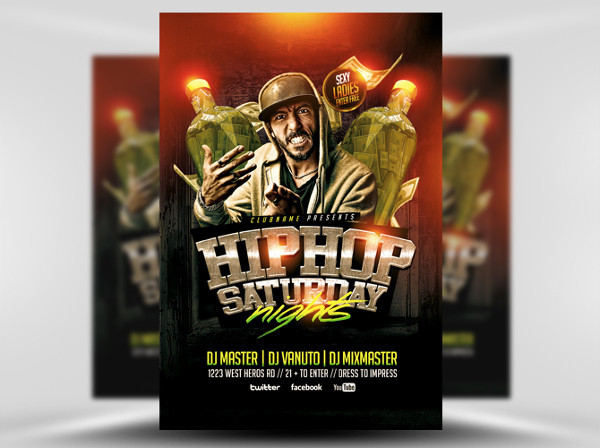
Adventure Event Flyer

Real Estate Flyers
Vintage Real Estate Flyer

Minimal Real Estate Flyer
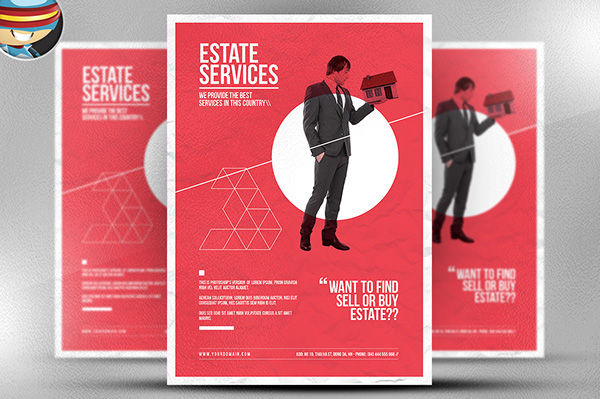
Open House Flyers
Real Estate Open House Flyer

Golf Open House Flyer
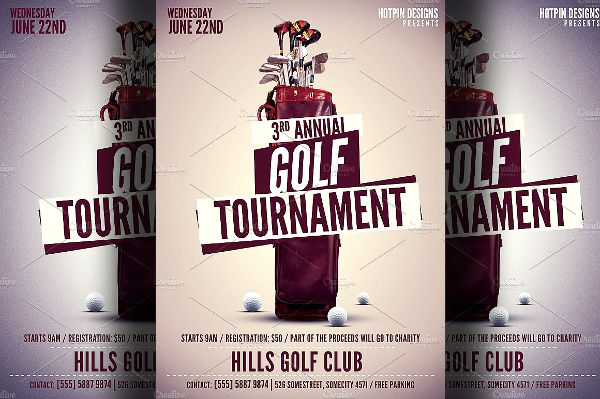
School Open House Flyer
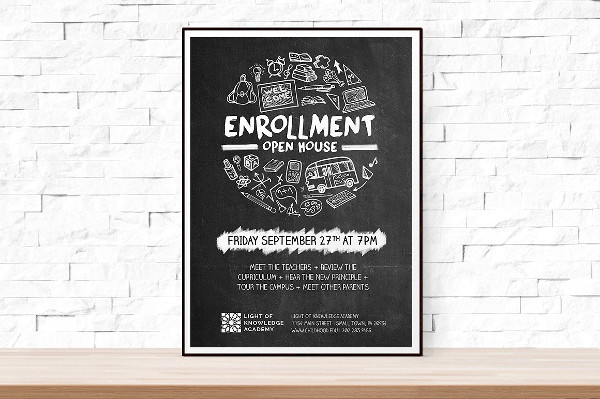
Bake Sale Flyers
Christmas Bake Sale Flyer
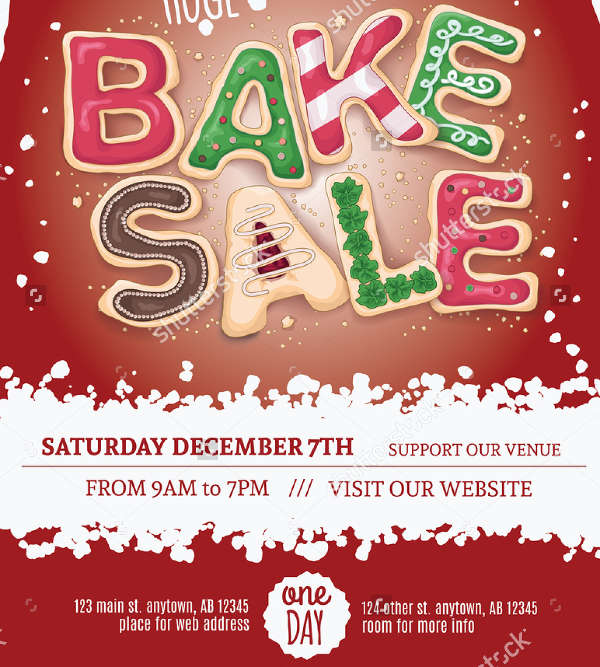
Free Bake Sale Flyer
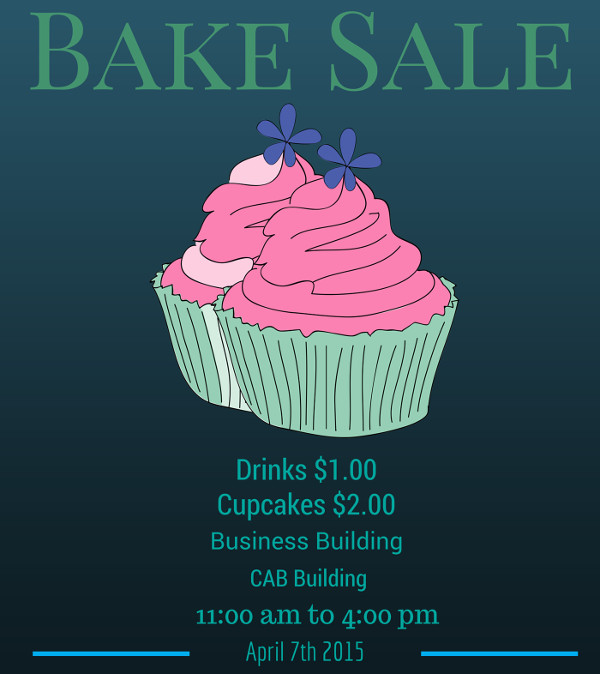
Church Flyer Examples
Church Event Flyer
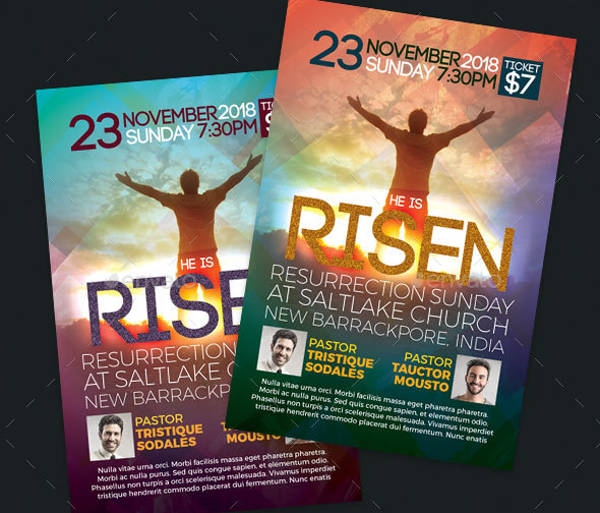
Church Concert Flyer
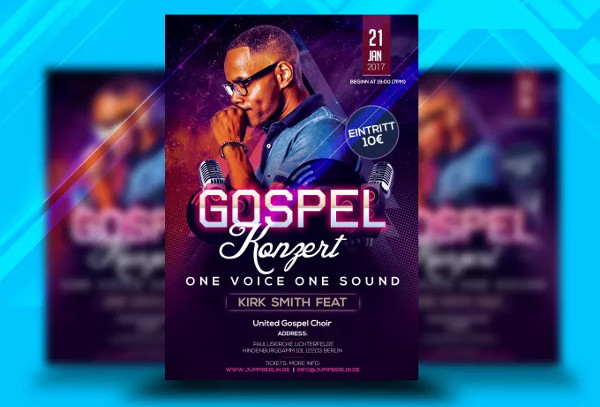
Church Anniversary Flyer
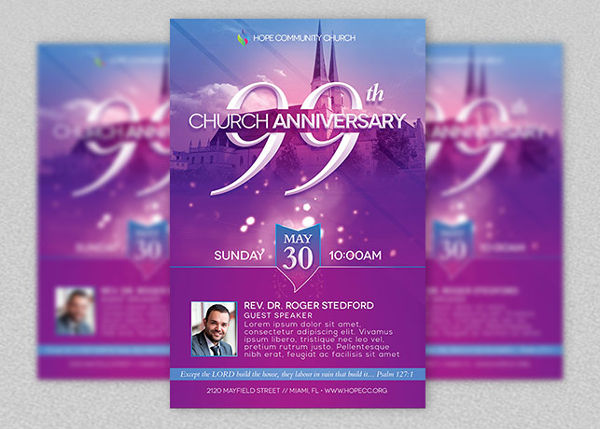
Party Flyers
Summer Party Flyer
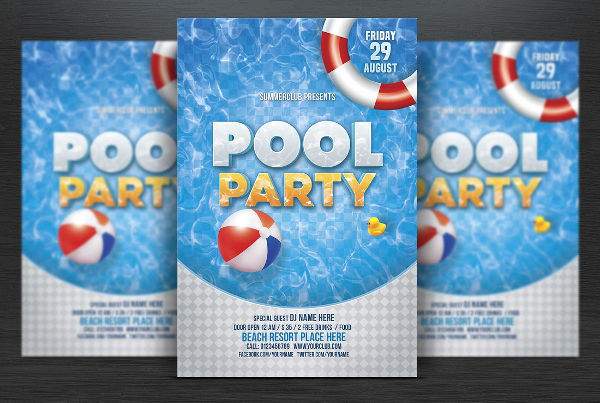
Beach Party Flyer
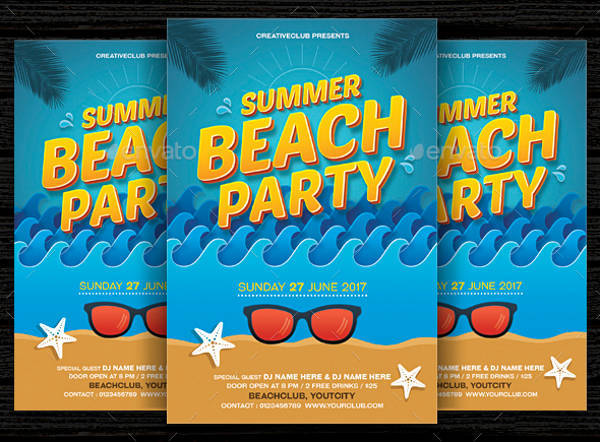
Music Party Flyer
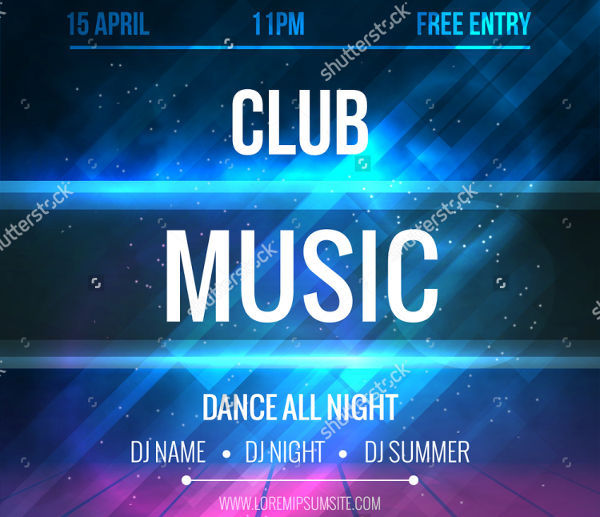
Pool Party Flyer

Advertising Flyer Examples
Product Advertising Flyer
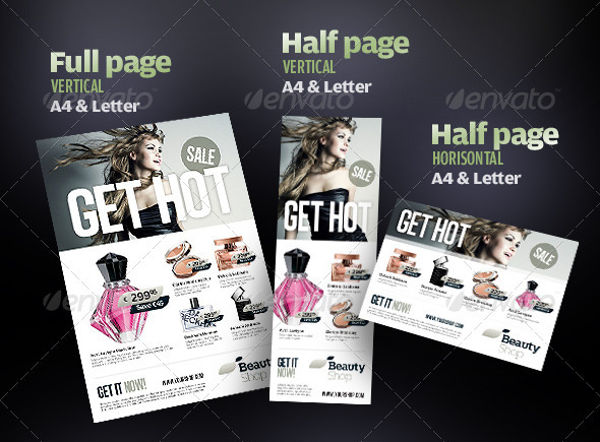
Daycare Flyers
Chlid Care Flyer
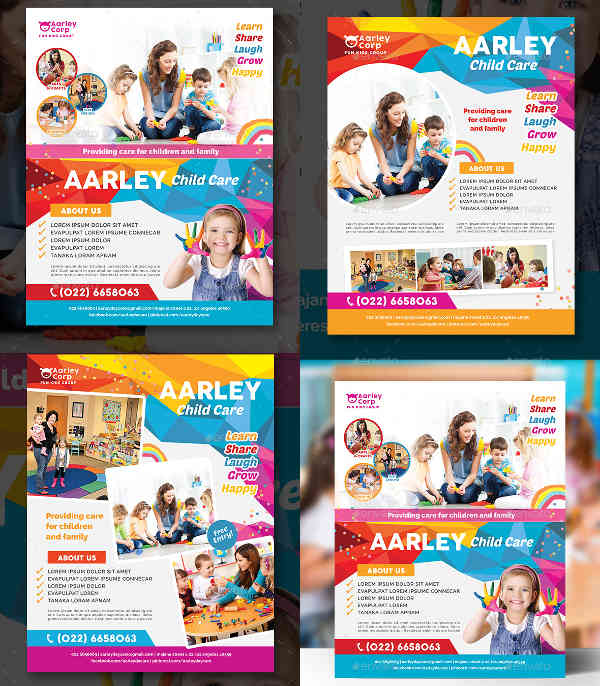
Multipurpose Daycare Flyer
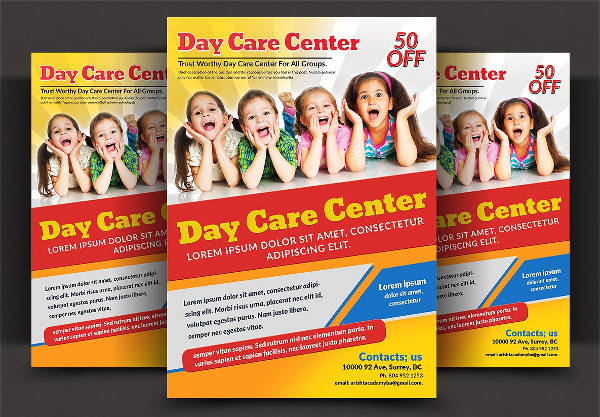
Babysitting Flyer
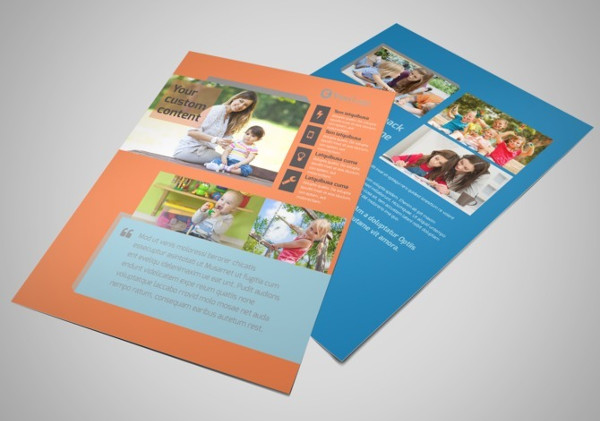
Corporate Flyers
Uses of Flyers
Flyers have a myriad of uses and can be used as an effective tool in promoting or communicating an idea or product to others.
- Advertising Business and Services
First and foremost use of a flyer is in promoting a business or service. Examples of advertising flyers are those bits of paper that you receive upon entering a mall or something that may have been posted on a bulletin board.
These flyers provide more information regarding a product or service. The flyer usually contains the different uses that are applicable to the product or service. Businesses also make use of flyers in announcing marked down prices and sales.
- News and Updates
Flyers have been known to be used in disseminating information or news, be it political, religious, or social in nature. Those running for government positions usually distribute these before the election to give people information regarding candidates and their platforms.
- Programs
Big programs or functions distribute event flyers containing information regarding the program like time, venue, and the persons and activities involved. Examples for these are graduation ceremonies or inauguration of public officers where the actual flow of the ceremony would be seen.
- Events
School or community events make use of flyers to give out information on the specifics of the event. Examples would also include concerts and even sports events like the LA Lakers visiting the New York Knicks or Miami Heat in Dallas Mavericks territory.
From as little as a piece of candy to as complex as construction services, invitation flyers play a very important role in reaching out to potential customers and buyers. They bridge that information gap between the suppliers and consumers be it a product or a service.
Anniversary Flyers
Anniversary Party Flyer
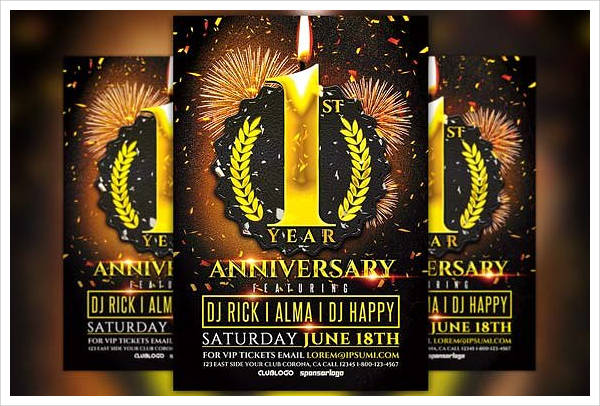
Vintage Anniversary Flyer
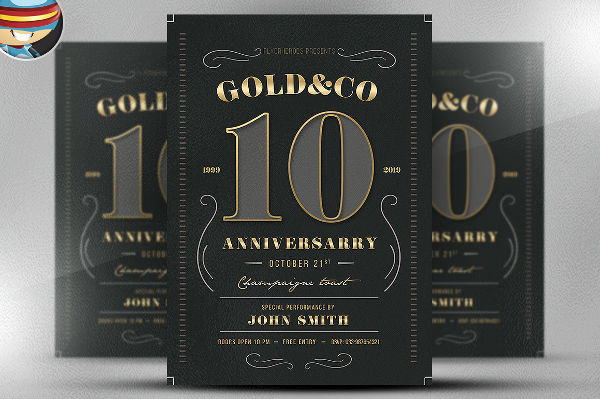
Birthday Anniversary Flyer
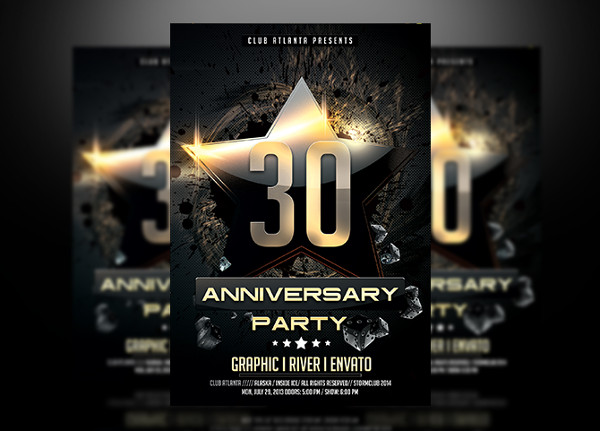
Fitness Flyers
Free Fitness Flyer
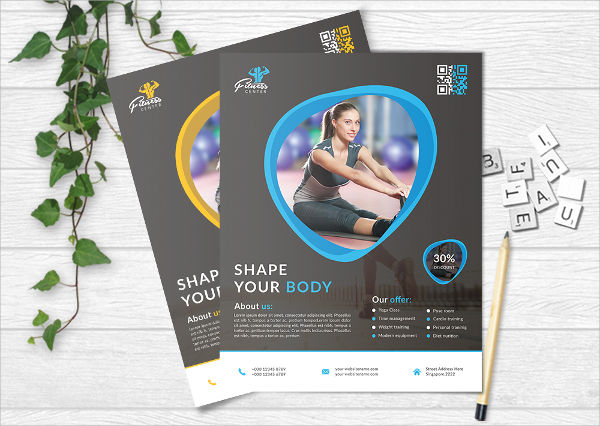
Gym Fitness Flyer
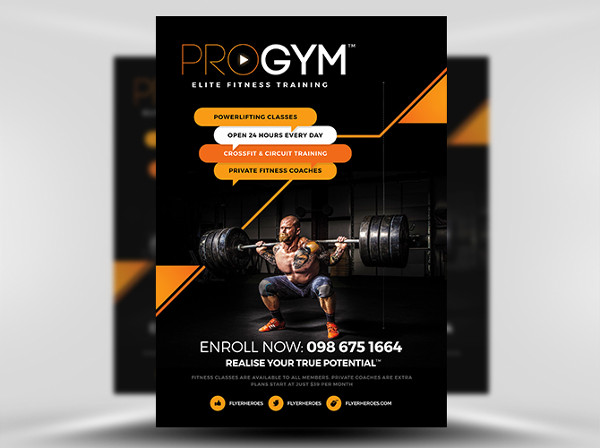
Workout Flyer Design
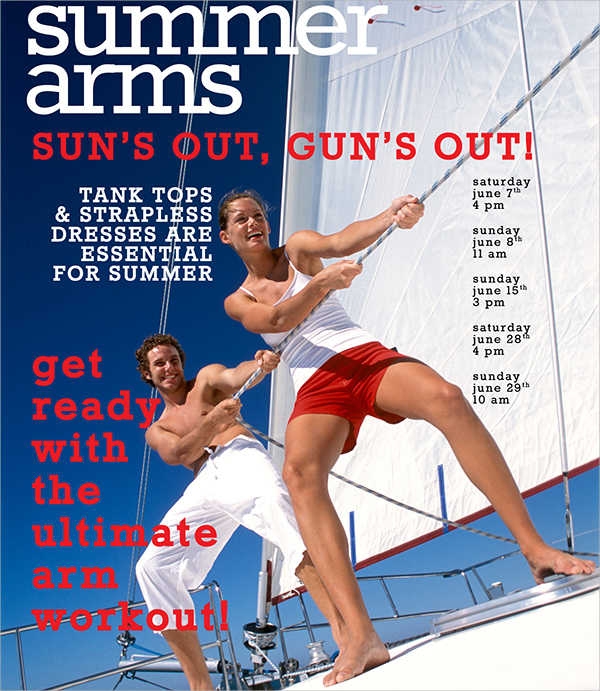
Bowling Flyer Examples
Bowling Night Flyer
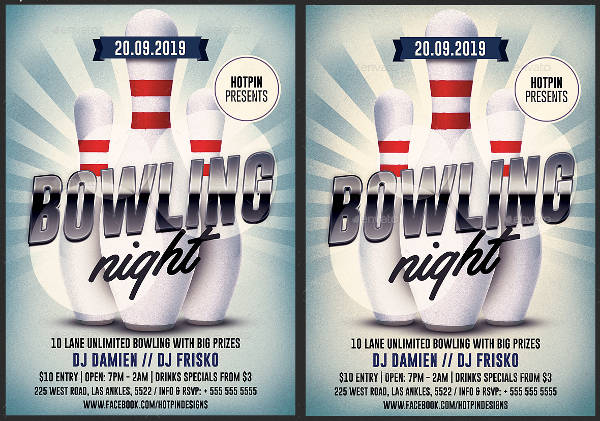
Super Bowl Flyer
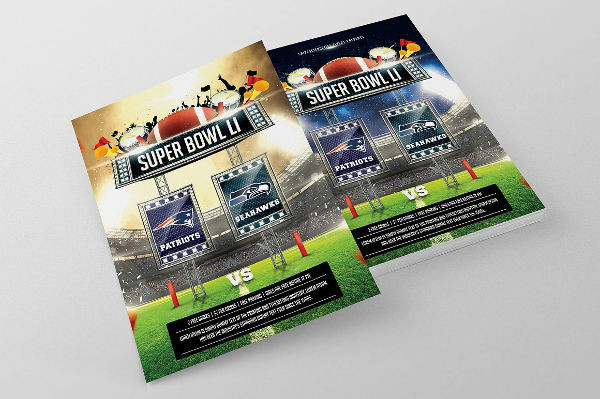
Bowling Sports Flyer
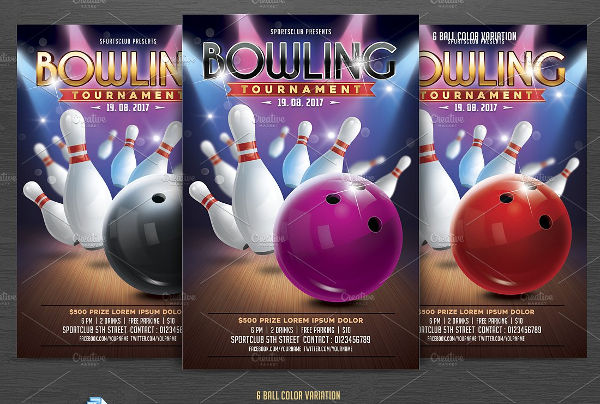
Retro Bowling Flyer
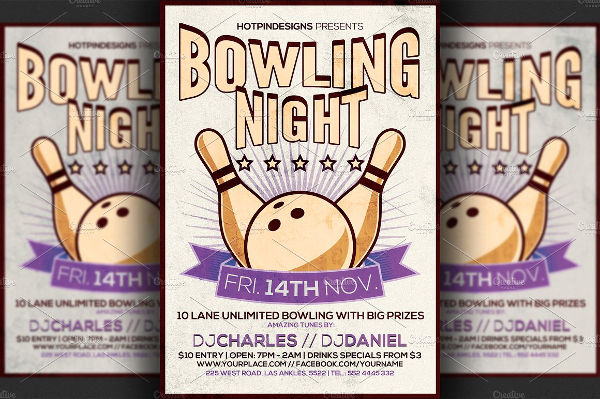
DJ Flyers
DJ Party Flyer
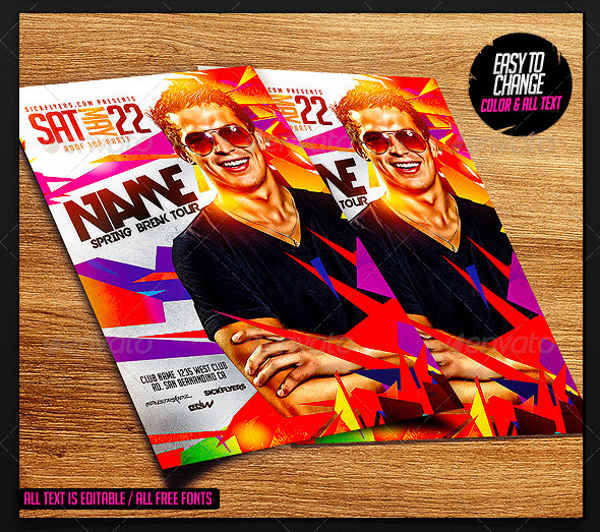
DJ Night Flyer
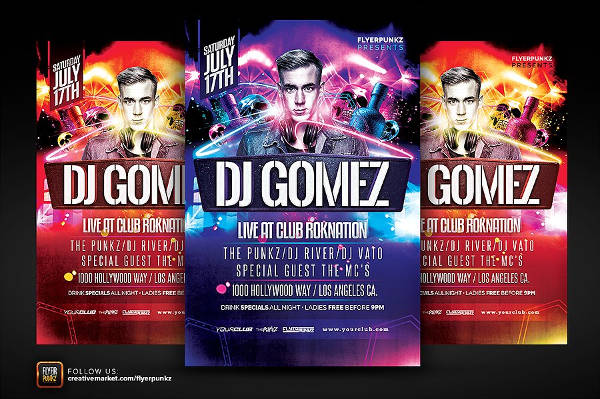
Sale Flyers
Fashion Sale Flyer

Spring Sale Flyer
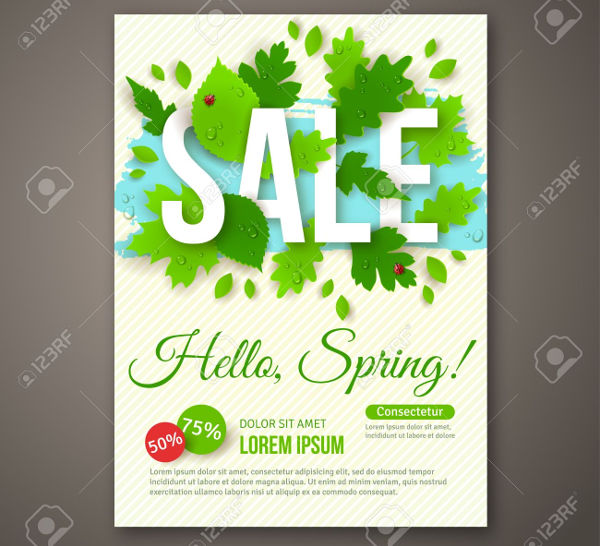
Product Sale Flyer
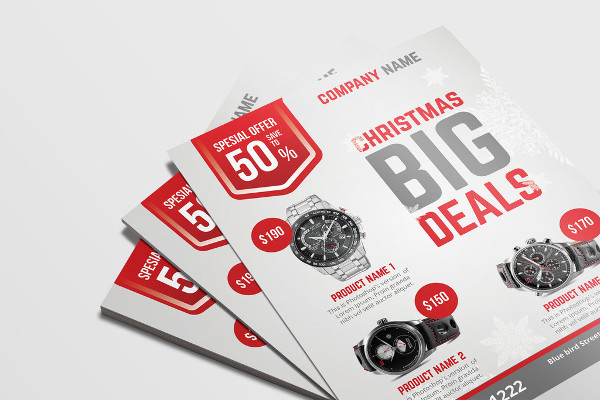
Summer Sale Flyer

Concert Flyer Examples
DJ Concert Flyer

Music Concert Flyer

Rock Concert Flyer
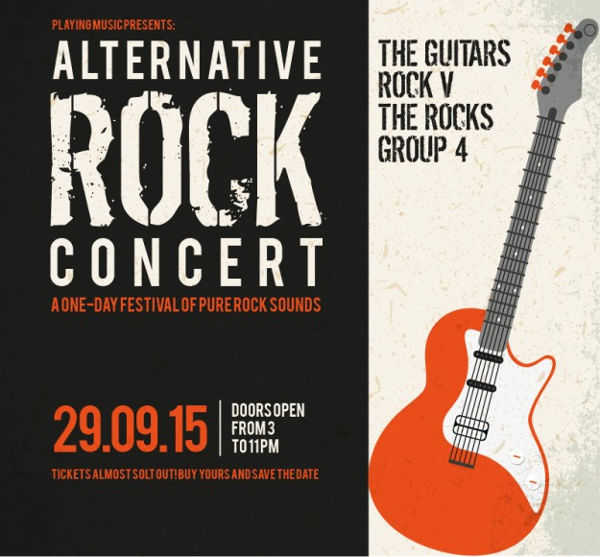
Car Wash Flyers
Vintage Car Wash Flyer

Business Flyers
Free Business Flyer
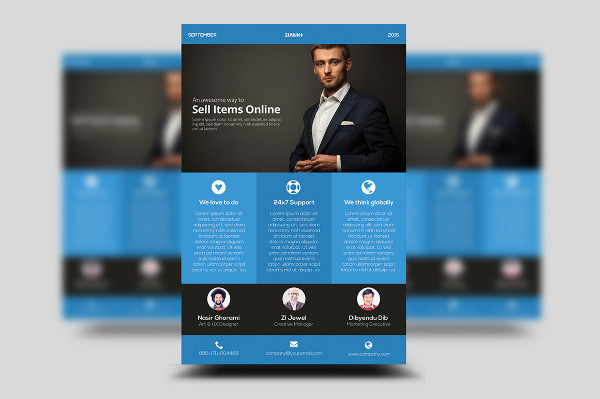
Smart Business Flyer
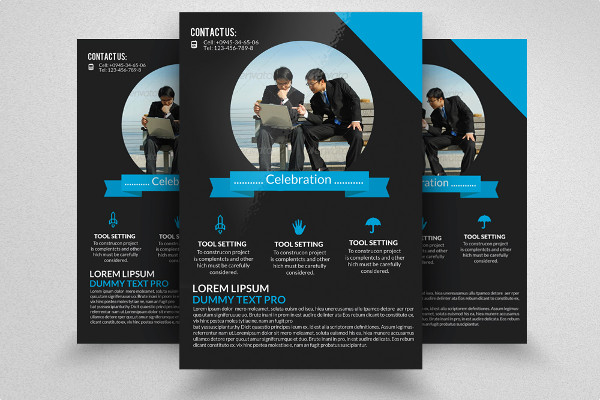
Product Flyers
Technology Product Flyer

Corporate Product Flyer
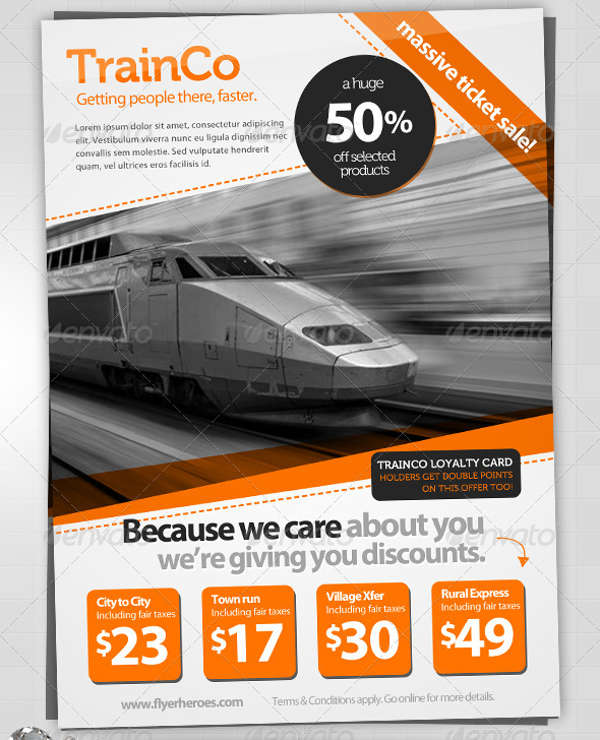
Product Showcase Flyer
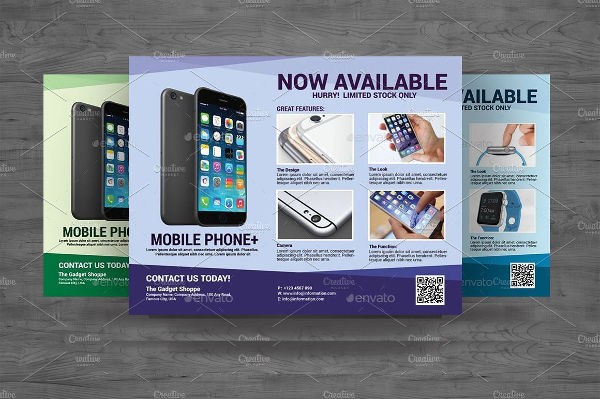
Photography Flyers
Wedding Photography Flyer
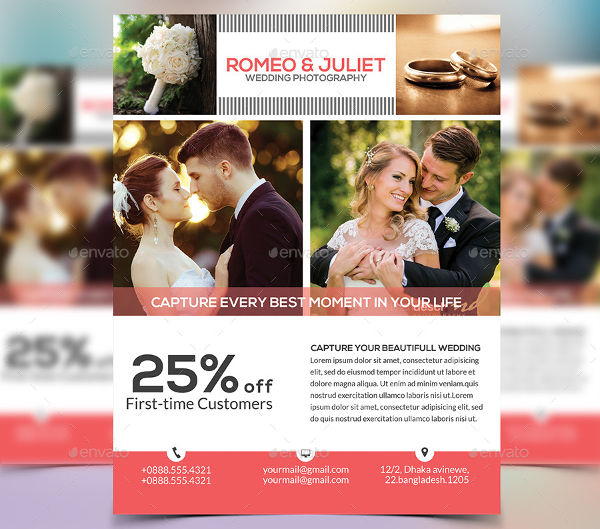
Photography Business Flyer
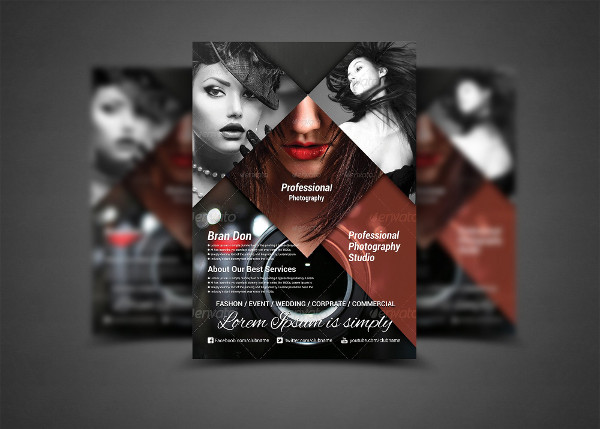
Festival Flyer Examples
DJ Festival Flyer

Spring Festival Flyer
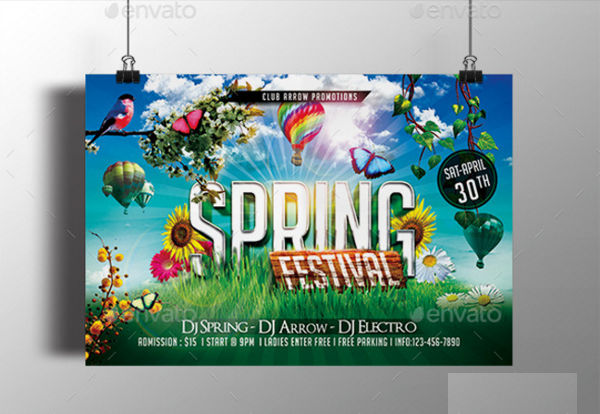
Music Festival Flyer
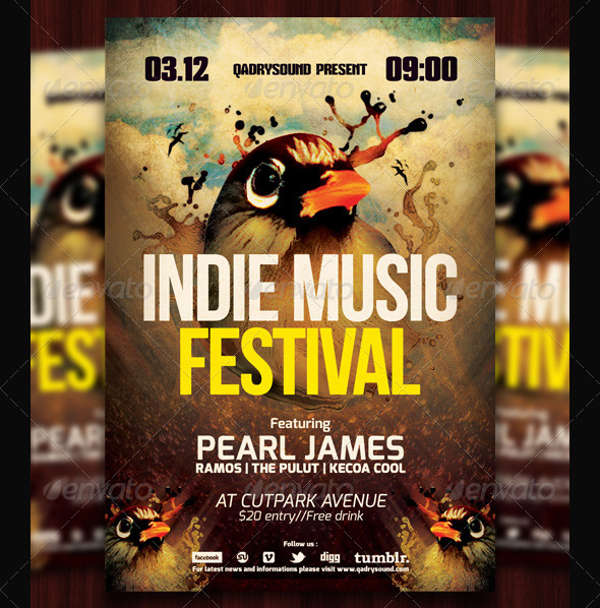
Rock Festival Flyer
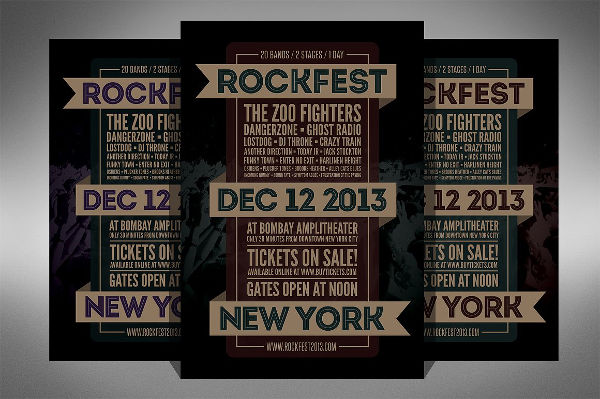
Types of Flyers
- Marketing / Advertising Flyers – Often used in brand awareness campaigns for products and services. These event flyers are aimed for mass distribution at low costs. This generally contains information regarding the product or service.
- Promotional Flyers – These flyers are used for disseminating information regarding promotional offers on items, products, or services. These usually have conditions attached regarding the promotion or offer.
- Shop Flyers – These flyers are commonly used by groceries highlighting the products that are most saleable. These flyers indirectly tell the consumers what items to buy the next time they visit the store.
- Office Flyers – These are found on company bulletin boards detailing information on any company event or regulation to aid in their understanding.
- Festival Flyers – How to get people excited for an upcoming festival? Tease them with things to come. This photography flyer often contains information such as the events that would transpire on the festival and the organizations or performers joining the festival.
- Political Flyers – They generally aid political groups or individual member candidates pitch in their agendas to the public or masses. Recent forms of these are posted not only in public places but also on the web for a larger audience reach.
- Wall Flyers – Theis type of flyers are stuck to walls. Some small business brochures owners use this method to advertise since they are very easy to place in no time at all.
- PO Box Drops – Ever wondered where those unwanted mail were coming from? The culprit is these flyers being dropped into your post office box. The objective is to be able to reach a volume of potential clients at a single site without wasting a lot of time in the process.
- Club Flyers – Designed to grab the attention and entice the person to come to the club, this type of flyer is bold and colorful. It would feature vivid images containing the names of the DJs joining the fun. This would usually mention freebies and discounts and would tempt the person to keep the flyer or to share it with friends.
- Music/Concert Flyers – As the name would imply these flyers are meant to inform people of a visiting band or performer.
Fundraising Flyers
Charity Fundraising Flyer

Fundraising Luncheon Flyer
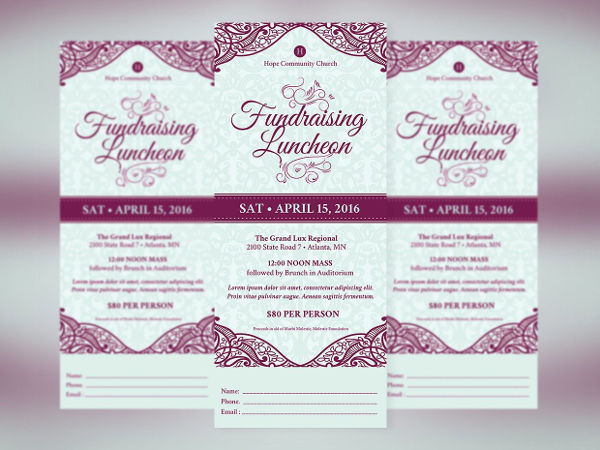
Grand Opening Flyers
Free Grand Opening Flyer
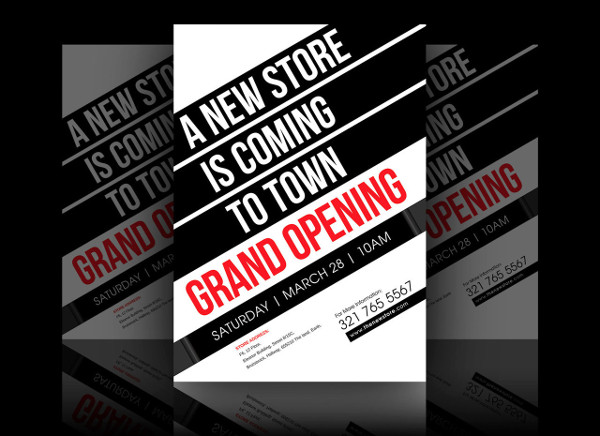
Jewelry Grand Opening Flyer
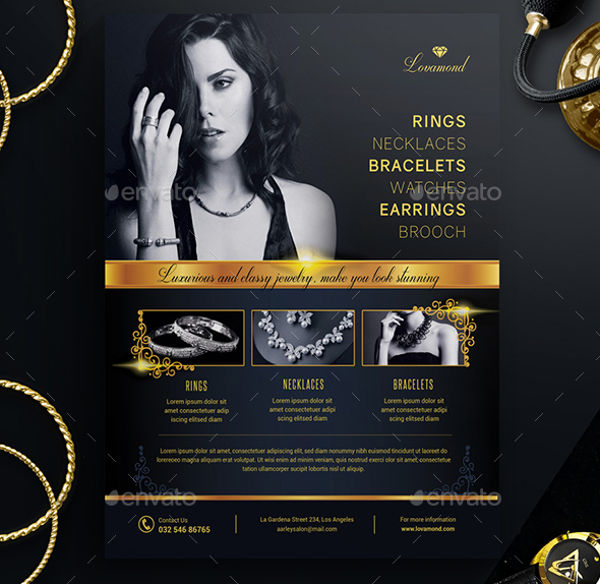
Minimal Grand Opening Flyer
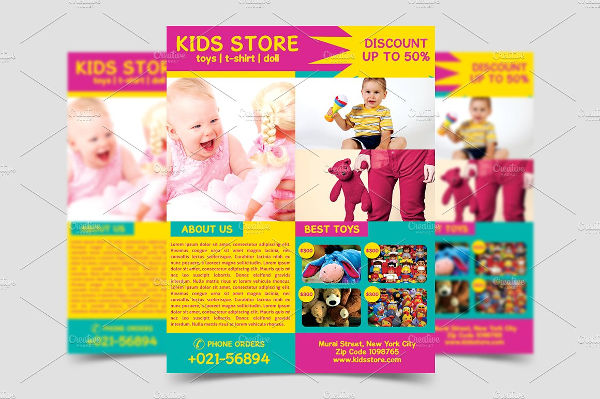
Food Flyers
Fast Food Flyer
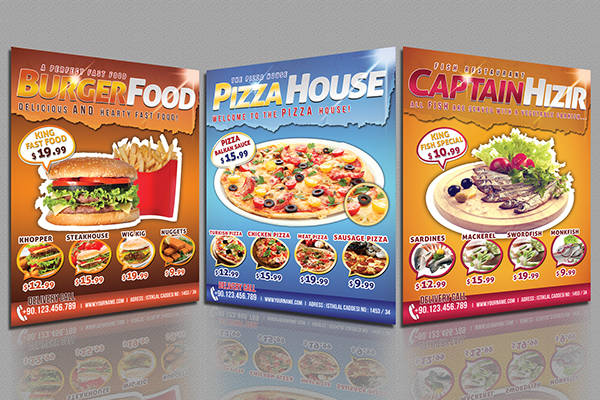
Retro Food Flyer
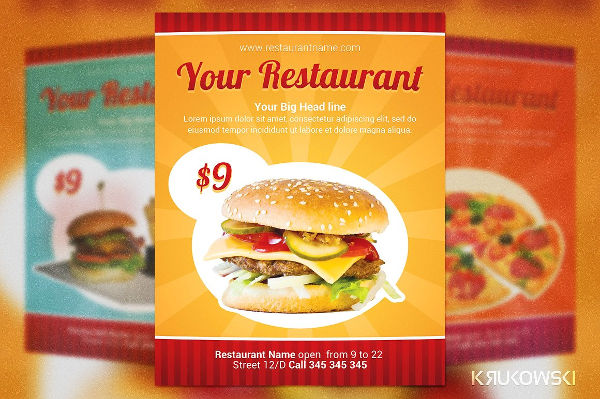
Birthday Flyers
Kids Birthday Flyer
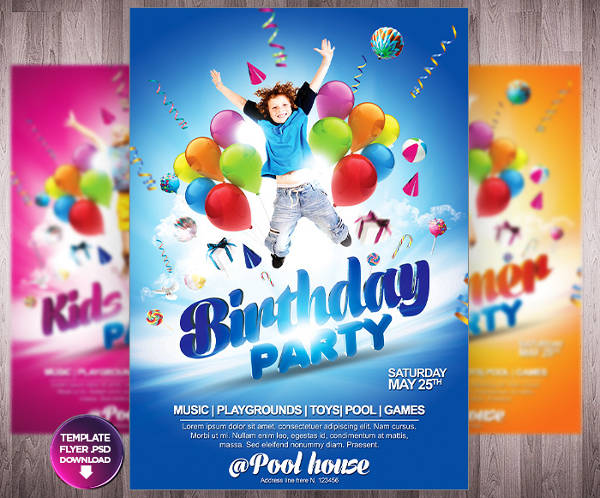
Birthday Bash Flyer
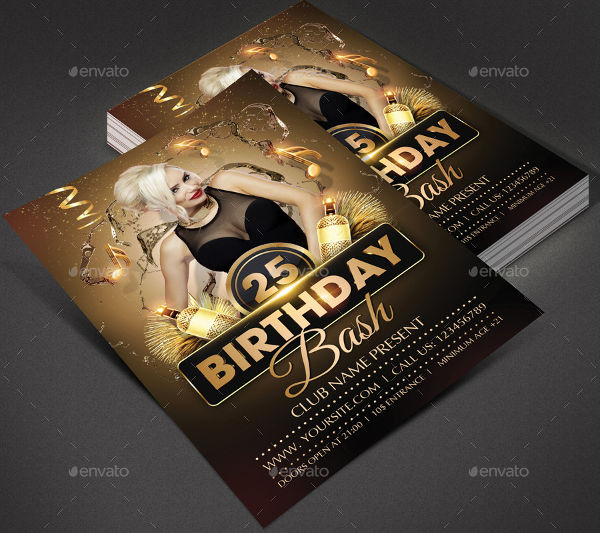
VIP Birthday Flyer
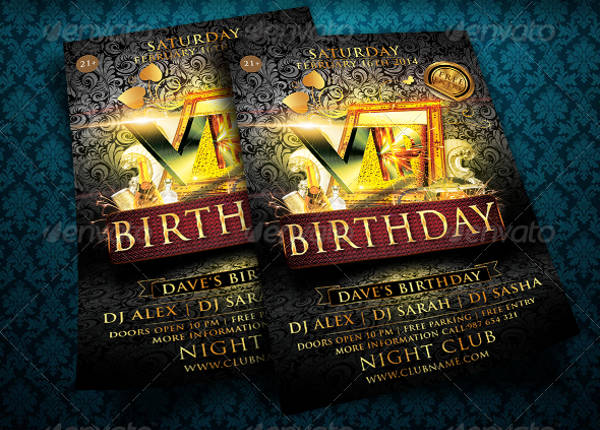
Night Flyer Examples
Retro Night Flyer
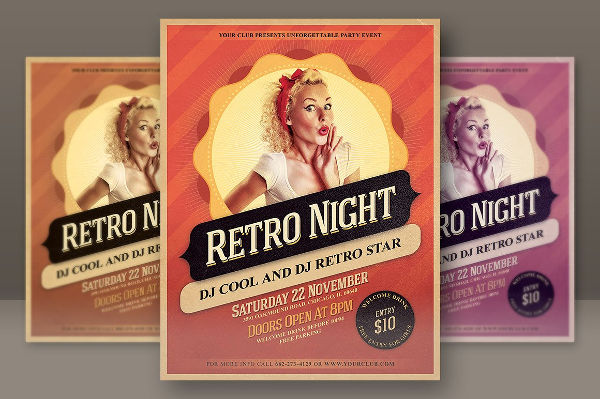
Dance Night Flyer

Promotional Flyers
Multipurpose Promotional Flyer

Food Promotional Flyer
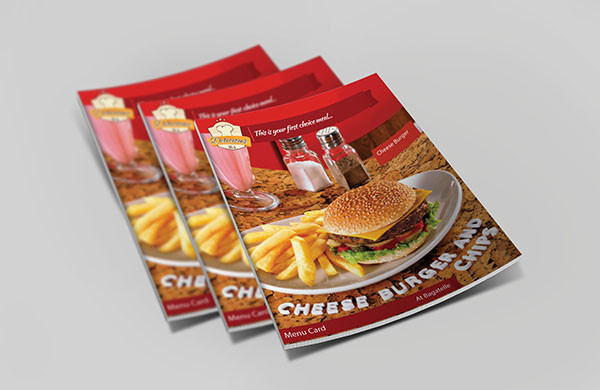
Event Promotional Flyer
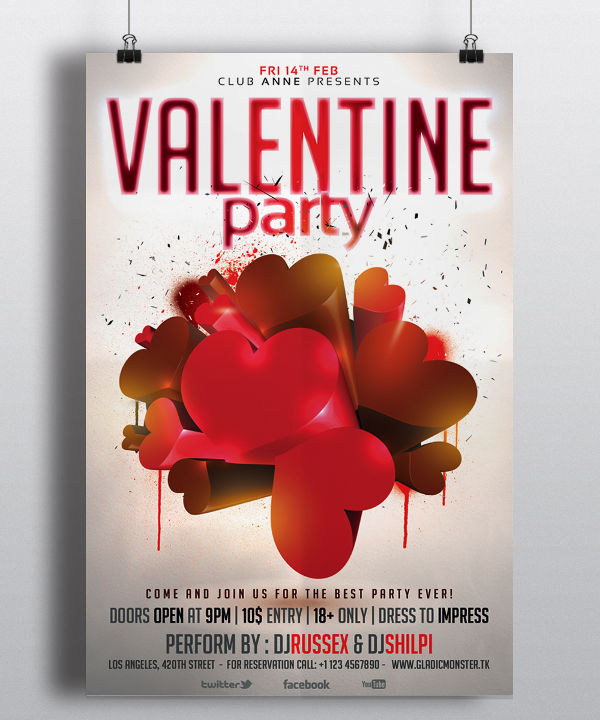
School Flyers
Driving School Flyer

Old School School Flyer
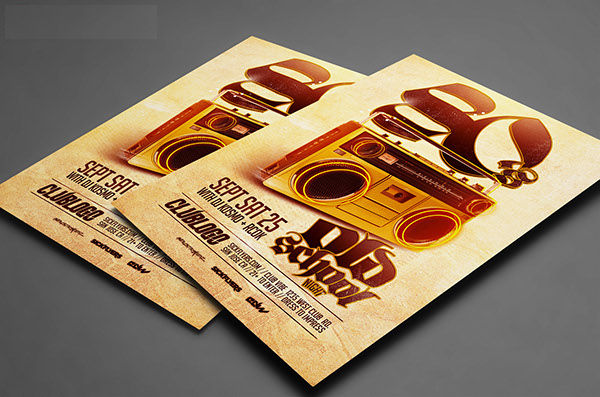
Band Flyer Examples
Rock Band Flyer

Landscaping Flyers
Garden Landscaping Flyer
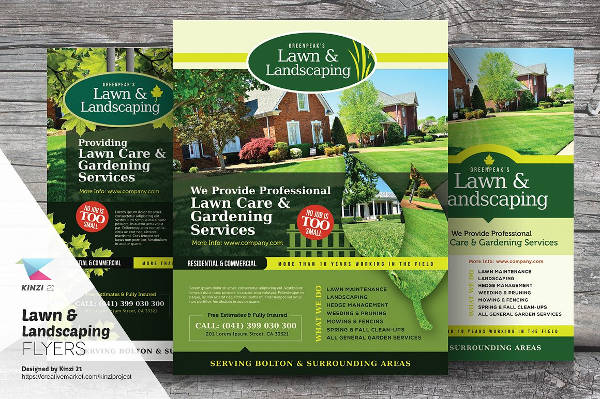
Realistic Landscaping Flyers
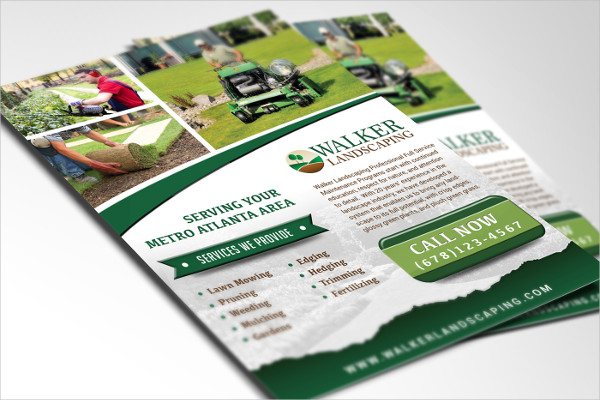
Pool Party Flyers
Summer Pool Party Flyer
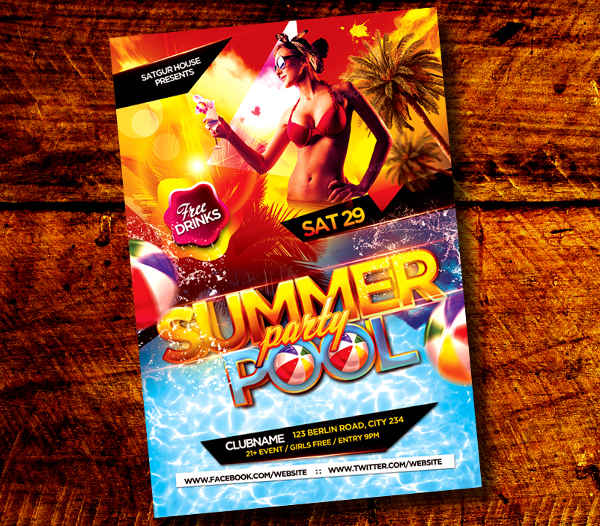
Minimal Pool Party Flyer
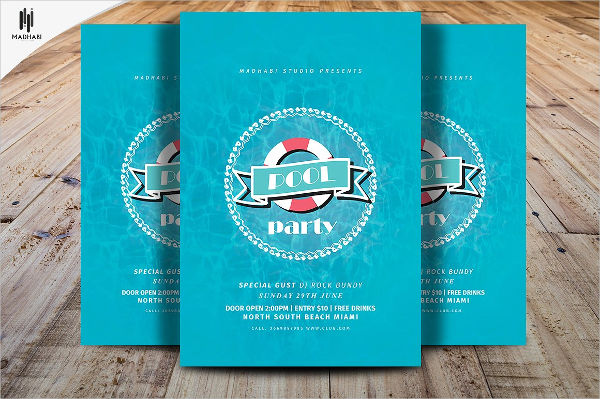
Cocktail Pool Party Flyer
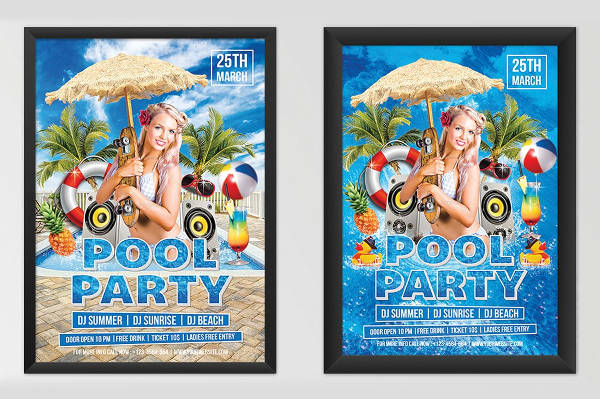
Free Pool Party Flyer
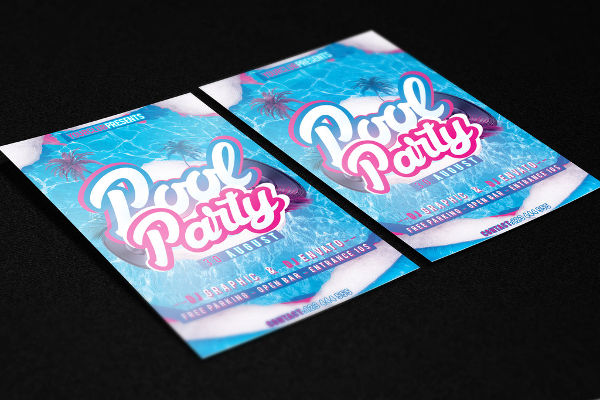
Marketing Flyers
Social Media Marketing Flyer
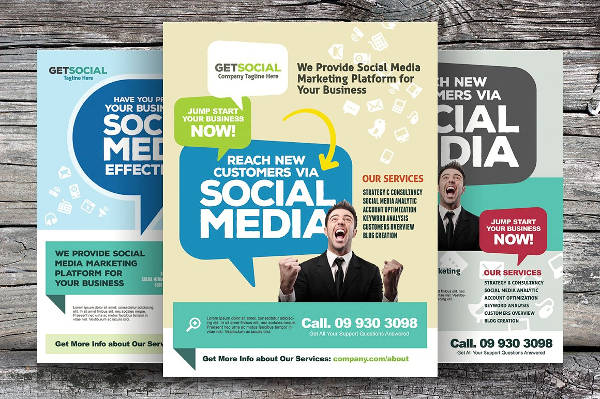
Photography Marketing Flyer
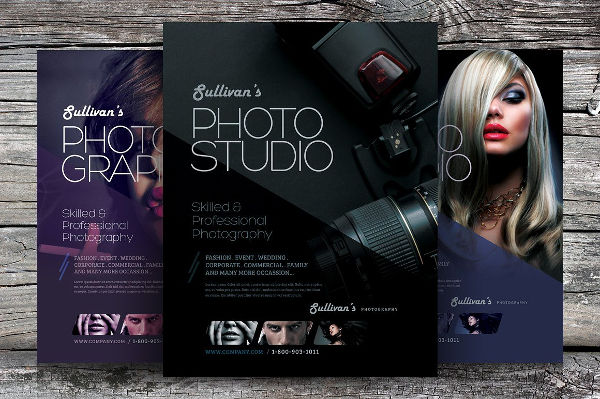
Vintage Marketing Flyer
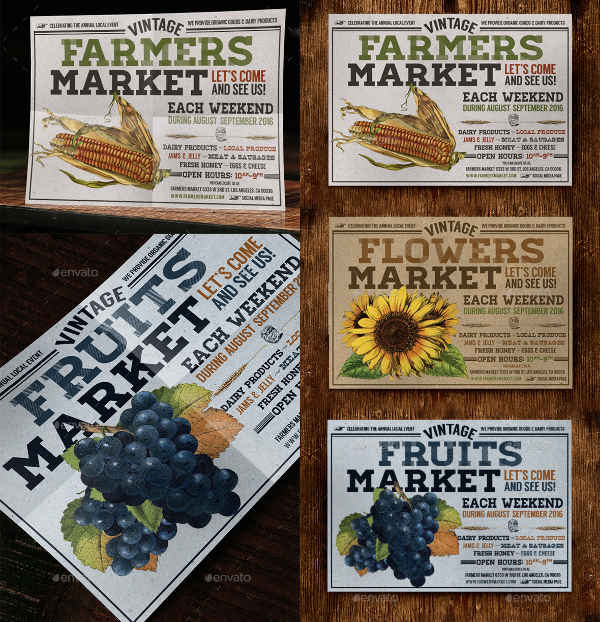
Types of Finish
- Paper Stock – This is the most common finish since it is the most cost-effective one. Companies that need to distribute a huge volume of flyers often opt for this finish.
- Matte – This type of finish provides the flyer with a sense of depth. It is often used to show class and sophistication for some company brochures.
- Glossy – This type of finish adds glamour and pizzazz to your advertisement. This also makes the flyer definitely eye-catching.
Choosing a Design
Looking to make a flyer? Here are a few tips to aid you in your choice of design for your flyer:
- Decide on a general theme. It is important to know what you are aiming for before starting any work on your flyer so have a clear understanding of what it is you want to be done or achieved.
- Keep it clean. Do not try to squeeze in too much information. Make use of negative space effectively to achieve a balance between the graphic and text components of your design.
- Offer discounts. One sure way to get attention is to give discounts. People can hardly resist the temptation of a good sale item.
- Think outside the box. Try not to be predictable. There should be a hundred other ways to make a good impression of your product. Show it.
These are just a few tips in helping you make your very own flyer. You can always pick one brochure example design in the page and make it your own by injecting a few of your ideas into it. Good luck!


